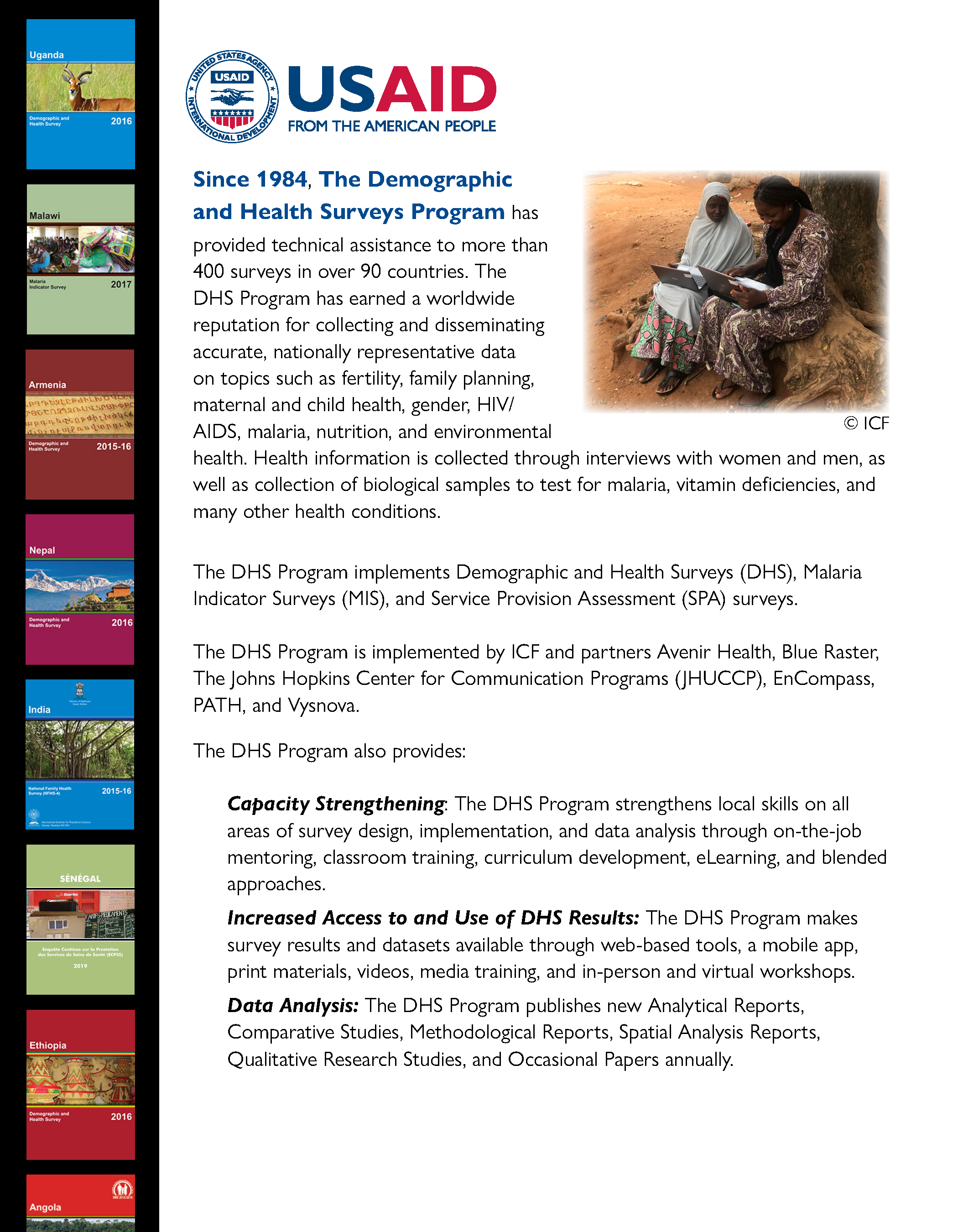Press Releases
Reproductive health improving among youth in Ethiopia
Calverton, MD - Young adults' reproductive health is steadily improving in Ethiopia, but there is still much room for improvement, according to a new report released by the David and Lucille Packard Foundation. Young men and women are waiting longer before having sex and getting married. According to the report, sexual activity among young men has dropped dramatically since 2000, when 44 percent had ever had sexual intercourse. By contrast, five years later, 23 percent of young men had had sex. Sexual activity among young women also decreased during that time while their use of contraception increased.
The report, Trends in Youth Reproductive Health in Ethiopia, 2000 and 2005, compares results from the 2000 and 2005 Ethiopia Demographic and Health Surveys (EDHS) for young adults ages 15-24. The report looks closely at changes in key health indicators, such as sexual activity, use of contraception, and unmet need for family planning.
Other key findings include:
- Both education and literacy among young men and women have increased since 2000. Overall, youth today are more highly educated than their older peers. Still, young men are much more likely than young women to be educated.
- Contraceptive use among sexually active young women has more than doubled since 2000. In 2005, 12 percent of young women used a modern method compared to 5 percent in 2000. Despite the increase, the overall percentage remains low.
- More than a third (37 percent) of women ages 15-24 had begun childbearing in 2005. This percentage has not changed since 2000. In 2005, about 30 percent of young women also said they had unmet need for family planning.
- Higher-risk sex has declined dramatically since 2000. Higher-risk sex is defined as sex with a non-marital, non-cohabitating partner. The decline among young men was dramatic, dropping to 37 percent in 2005 from 64 percent in 2000.
- Overall, HIV prevention knowledge has improved for both young women and men. Knowledge that HIV can be transmitted through breastfeeding has increased by over 80 percent among young women. In addition, more young women and men know that using condoms decreases the risk of getting HIV.
While this progress is encouraging, the report points out that there is still substantial room for improvement in many areas of youth reproductive health. Only 7 percent of young women, for example, received care at delivery in 2005, the same percentage as in 2000. During the same time period, antenatal care from a health professional among young women increased only slightly from 28 percent to 30 percent.
